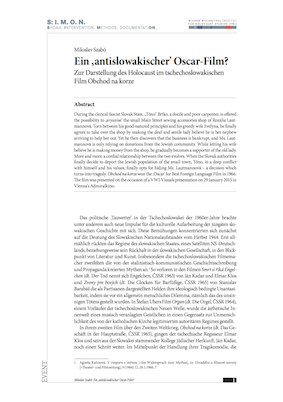 The network of camps that eventually covered almost all of Europe under the management of the SS was a firm component of the national socialist system of terror and defined the Nazi regime in its essence. From the British channel island Alderney to the Soviet Union and from the Baltic to Greece, there was hardly a place in the Nazi sphere of power without one form or another of such a camp. The names of the large concentration and extermination camps have today become synonyms for Nazi state terror, and are perfect metaphors of terror, dehumanisation and racist mass murder. Paradoxically, however, this development at the same time saw the erasure of the traces of those countless small camps in the system: the network that made the terror possible in the first place down to its last branch. They have been lost from Europe's cultural memory.
The network of camps that eventually covered almost all of Europe under the management of the SS was a firm component of the national socialist system of terror and defined the Nazi regime in its essence. From the British channel island Alderney to the Soviet Union and from the Baltic to Greece, there was hardly a place in the Nazi sphere of power without one form or another of such a camp. The names of the large concentration and extermination camps have today become synonyms for Nazi state terror, and are perfect metaphors of terror, dehumanisation and racist mass murder. Paradoxically, however, this development at the same time saw the erasure of the traces of those countless small camps in the system: the network that made the terror possible in the first place down to its last branch. They have been lost from Europe's cultural memory.
Wolfgang Benz provides a systematic presentation of this knowledge, making it accessible again on the basis of the nine volume standard oeuvre on the history of Nazi concentration camps which he published together with Barbara Distel.










